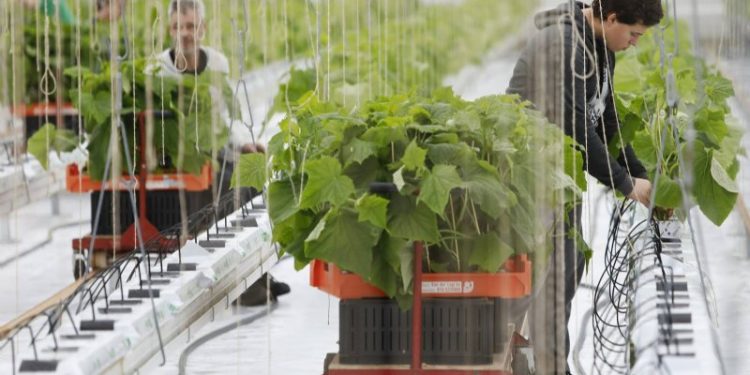This article explores the emerging concept of “Het Nieuwe Telen” (The New Cultivation) and its transformative impact on horticulture. Drawing insights from the latest report on Nieuwe Oogst , farmers, agronomists, agricultural engineers, farm owners, and scientists will delve into how this paradigm shift in cultivation practices combines traditional expertise with scientific knowledge, leading to enhanced efficiency, sustainability, and profitability in the horticultural sector.
Horticulture, an age-old practice rooted in experience and intuition, is experiencing a paradigm shift with the advent of “Het Nieuwe Telen” (The New Cultivation). As highlighted in a recent report on Nieuwe Oogst , this emerging approach bridges the gap between traditional green-fingered expertise and scientific advancements, ushering in a new era of efficiency, sustainability, and innovation in horticulture.
According to the data presented, “Het Nieuwe Telen” represents a shift from reliance solely on intuition and experience to a more data-driven and scientifically informed approach. This transition is driven by the desire to maximize resource efficiency, reduce environmental impact, and optimize crop yields in the face of evolving market demands and challenges.
The core principles of “Het Nieuwe Telen” involve precision cultivation, climate control, and data-driven decision-making. Through the use of advanced technologies, such as sensors, monitoring systems, and data analytics, horticulturists can closely monitor and regulate the growing environment, including temperature, humidity, light, and nutrient levels. This level of precision allows for targeted interventions and adjustments, resulting in optimized crop growth, improved resource utilization, and reduced reliance on agrochemical inputs.
Moreover, the integration of scientific knowledge and research findings into cultivation practices empowers horticulturists to make evidence-based decisions. By leveraging scientific insights, such as plant physiology, genetics, and disease management strategies, practitioners can enhance crop resilience, minimize disease incidence, and maximize product quality.
The adoption of “Het Nieuwe Telen” is not only beneficial for individual horticultural enterprises but also contributes to the overall sustainability and profitability of the sector. By optimizing resource use, reducing waste, and minimizing environmental impact, horticulturists can improve their economic viability while aligning with the growing consumer demand for sustainable and responsibly produced goods.
In conclusion, the emergence of “Het Nieuwe Telen” marks a significant shift in the horticultural industry, combining traditional wisdom with scientific advancements. This synergy between expertise and innovation paves the way for enhanced efficiency, sustainability, and profitability in horticulture. By embracing data-driven practices, precision cultivation, and a science-based approach, farmers, agronomists, agricultural engineers, farm owners, and scientists can collectively contribute to a thriving and resilient horticultural sector.
Tags: Het Nieuwe Telen, The New Cultivation, Horticulture, Precision Cultivation, Climate Control, Data-Driven Decision Making, Sustainable Farming, Resource Efficiency, Innovation, Scientific Advancements












